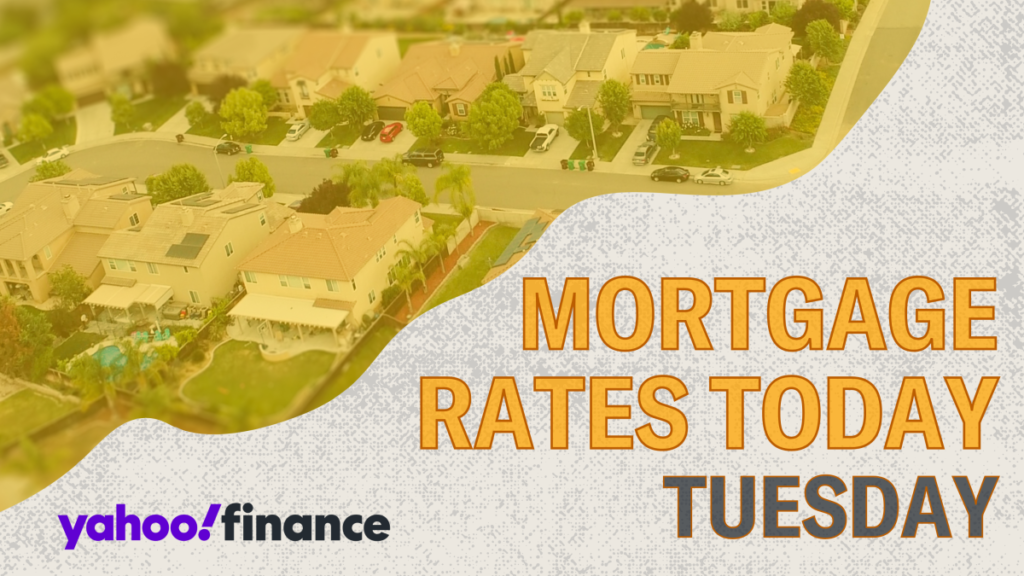Mortgage rates in the U.S. have seen a slight uptick recently, with the average 30-year fixed mortgage rate rising to 6.47% and the 15-year fixed rate increasing to 5.82%. As homebuyers navigate their options, the question arises: Is now an appropriate time to purchase a home given the current rates? Comparing to last year, mortgage rates are considerably lower, but the recent trend indicates a gradual increase over the last few weeks. It’s essential to approach this decision not merely based on interest rate fluctuations but in consideration of one’s personal financial readiness and life stage. Timing the market can often be an exercise in futility, and buyers should focus more on individual circumstances than on transient rate movements.
Recent data reveals a range of mortgage rates in various categories. For instance, the 20-year fixed mortgage rate stands at 6.29%, while adjustable-rate mortgages (ARMs) such as the 5/1 ARM and 7/1 ARM are at 6.69% and 6.79% respectively. Additionally, VA loan rates for 30-year and 15-year fixed mortgages are at 5.99% and 5.66%. It is vital for consumers to investigate these rates thoroughly, as averages can vary greatly by state and individual financial situations. Those looking to refinance may find slightly higher rates, with a 30-year refinance rate currently at 6.58%, as refinancing costs typically exceed initial purchase rates.
To make informed decisions, many prospective homeowners are turning to mortgage calculators to estimate monthly payments based on different rates and terms. These tools can also incorporate additional expenses like property taxes and homeowners insurance, providing a more comprehensive understanding of overall financial commitments. Generally, 15-year mortgage rates have lower interest rates compared to their 30-year counterparts, although the monthly payments for 15-year loans are significantly higher due to the shorter repayment period. For example, a $400,000 loan over 30 years at 6.47% might come with a monthly payment of approximately $2,520, while the same amount borrowed over 15 years at 5.82% would result in a payment of about $3,337.
There are critical differences between fixed-rate and adjustable-rate mortgages. A fixed-rate mortgage locks in the interest rate from the outset, providing long-term stability. However, opting for an ARM, which typically starts with a lower initial rate, can introduce uncertainty as rates may fluctuate after the initial fixed period. For example, a 7/1 ARM remains at a fixed rate for the first seven years but will adjust annually thereafter, based on market conditions. Given the current state where fixed rates are more competitive than adjustable rates, many buyers may be inclined to favor fixed options for their inherent safety and predictability.
Throughout the latter half of 2023, mortgage rates have shown some volatility, particularly following announcements made by the Federal Reserve. After a notable 50-basis-point reduction to the federal funds rate, market reactions have led to fluctuations in mortgage rates. Observers expect continued variation in future weeks, with predictions indicating that rates may hover around 6% through 2024. The overall economic atmosphere, influenced by the Fed’s monetary policy, plays a vital role in shaping the trajectory of mortgage rates. While rates may not fall below the 6% mark this year, potential cuts in the federal funds rate may signal reduced borrowing costs in subsequent years.
Looking ahead toward 2025, analysts are optimistic about decreasing mortgage rates as factors such as anticipated Federal Reserve actions come into play. It is important to note, however, that familiarity with local market conditions and individual finances are paramount to any decision on home buying. While national averages are useful as general guidelines, personal eligibility for mortgage rates will vary. Ultimately, potential buyers benefit from an approach rooted in personal finance evaluation rather than speculative market timing, ensuring that any purchase aligns with their financial goals and circumstances.

